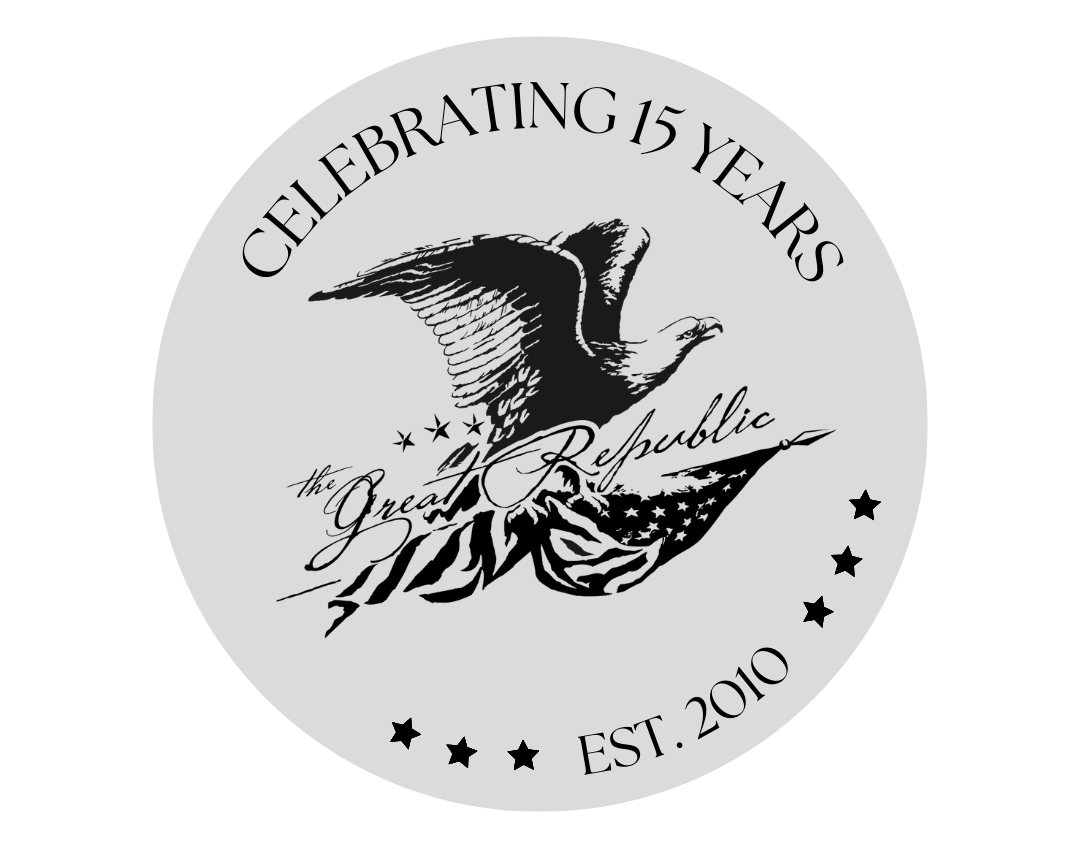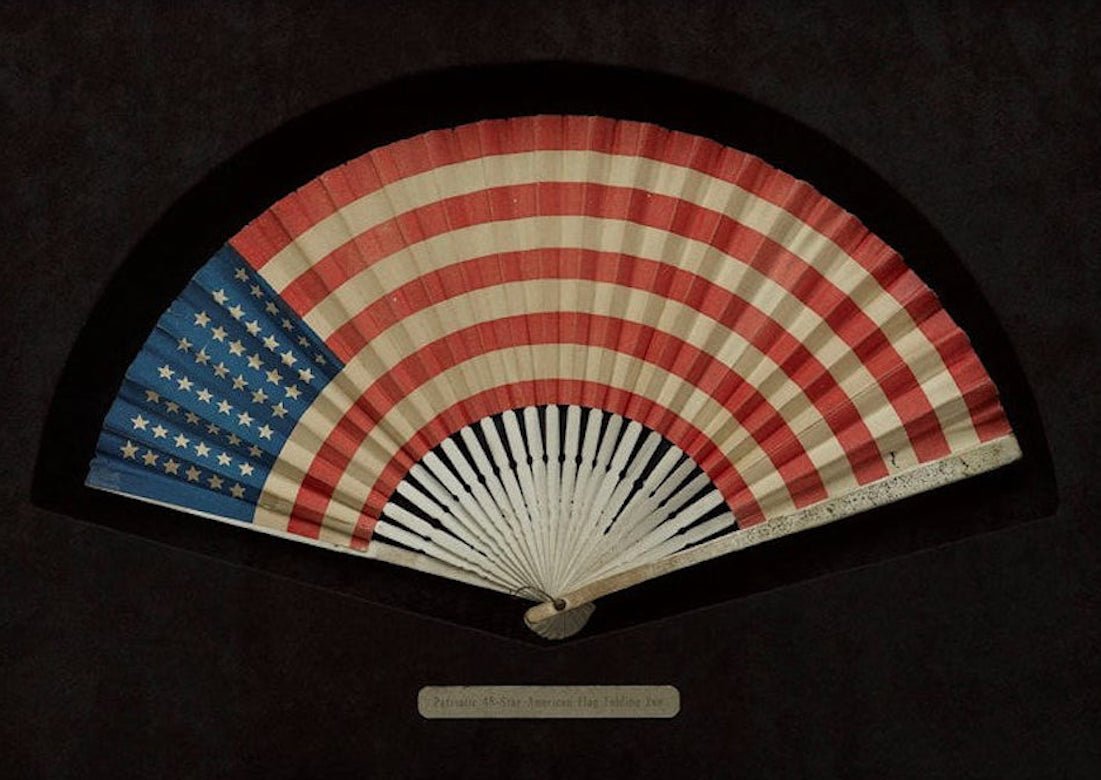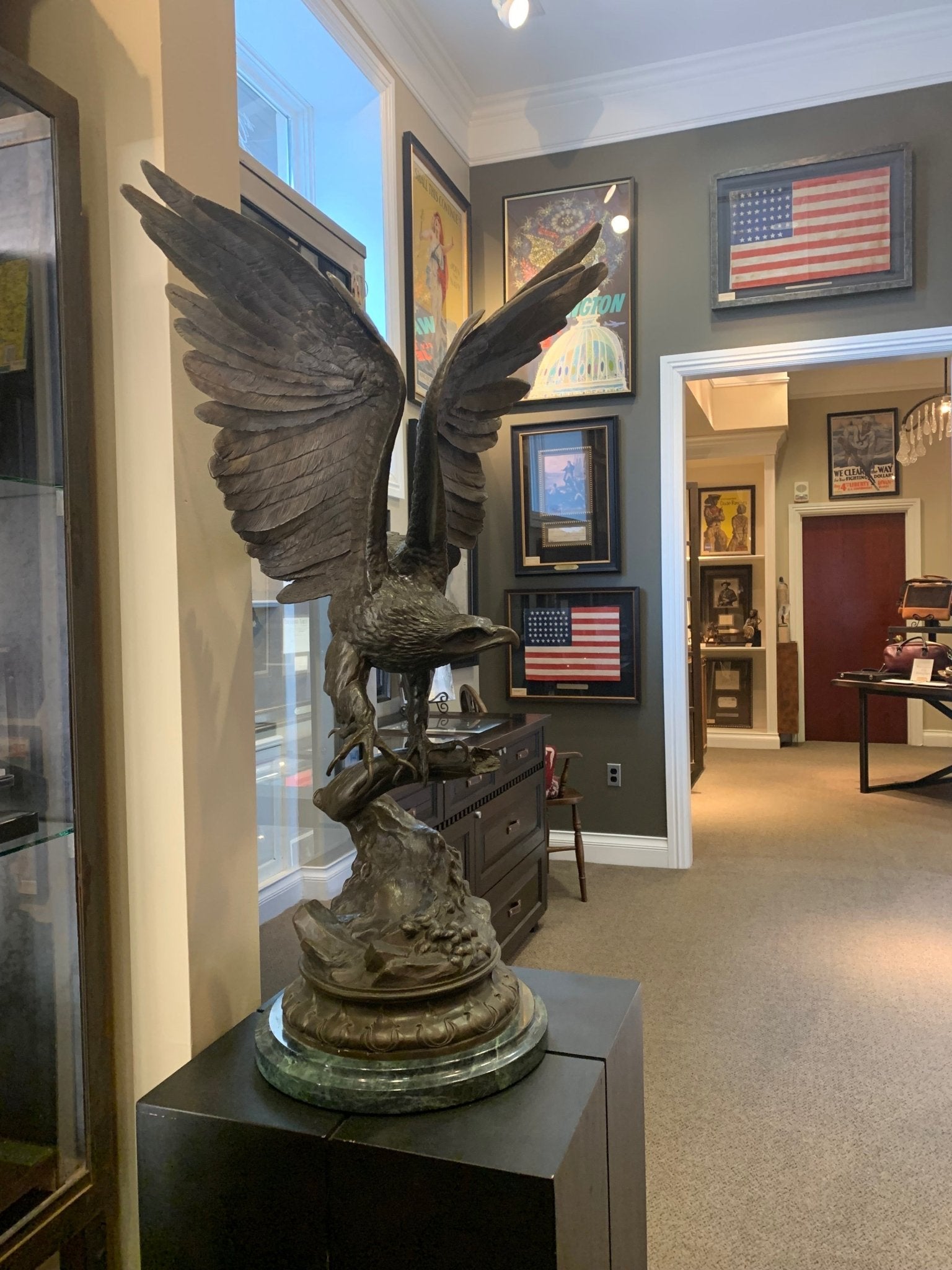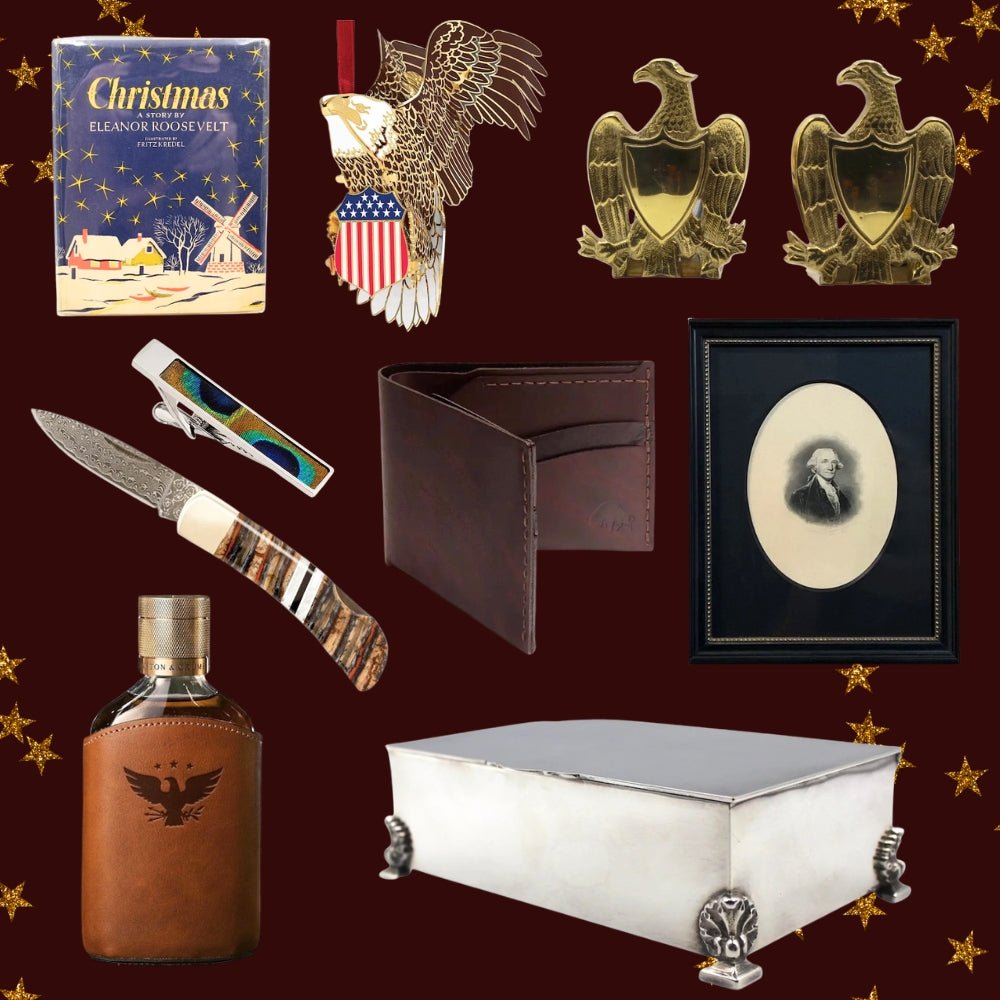Flags of the First American Centennial
In 1876, more so than at any other time in history, the comparatively fledgling United States had justifiable cause for confidence in its future. In the 100 years since its founding, the number of states had almost tripled, the population had grown from four million to forty million, and the United States now ranked as a major world power. With parts of the continent still left unsettled, it was clear that the progress of science and industry portended the prospect of taming the great American west. As such, America’s first Centennial was cause for great celebration.
In the lead up to the nation’s Centennial in 1876, flag makers and individuals looked to the past for designs to produce as part of the country’s many celebrations. Popular interpretation of the stars and stripes undoubtedly reached its climax of variety and originality at the time of our Nation’s first Centennial. Since no design restrictions were placed on flagmaker’s imaginations and no strict distinctions were drawn between official and unofficial star counts, it is no surprise that, on the occasion of the Centennial, creativity in flag design was not the exception but the rule.
The cantons from this period presented an array of geometric abstractions. Great star patterns, referred to as the “starry flower of Liberty” by Oliver Wendell Holmes, that were popular from 1818 and on, resurfaced in Centennial flags. The lively assemblage of many white stars into one great stellar design is perhaps the most beautiful visualization of the goal set forth by the original Flag Resolution of 1777, “...13 stars white in a blue field representing a new constellation.”
Also popular were wreath or medallion canton patterns that allowed for unlimited enlargement with the addition of new states, without damage to the fundamental design and strong symbolic feeling of a union. Medallion patterns became popular with Americans who wanted some variation from “row” patterns that prevailed on the previous 35 and 36 star flags.
Other popular designs included staggered rows, box designs, diagonal patterns, or scattered stars placed whimsically on the canton as a mirror to the Nation’s unfettered freedom.
Oddly, the flags of the first Centennial feature three different total numbers of stars on the canton. Some feature thirty-seven stars, valid until July 4, 1777, when Colorado’s star would be added, many feature thirty-eight stars, in honor of the imminent admission of Colorado to the union, while a few feature thirty-nine stars, because for some time it was believed that two territories would be raised to statehood that year.
Another popular star count on Centennial flags was the thirteen star flags. Designed as tribute to the original flag design, adopted by the Continental Congress on June 14, 1777, thirteen star flags examples could be found in many forms, from child-size printed parade wavers, banners displayed for home use, to the large, exquisitely crafted example included in the “Origins of the American Flag” hanging exhibit, proudly displayed next to other early flag example like the Pine Tree flag, Union Jack, Liberty flags, and Rattlesnake Flags during the Philadelphia Centennial Exposition.
Some of the flags made for the Centennial were designed to be used and displayed during town events and celebrations, and then easily discarded afterwards. This has made it increasingly difficult to find original examples in good condition. Luckily, some examples have been saved, passed down through family generations, and now serve as glorious reminders of our perseverance through the both tragic and triumphant first 100 years as a nation.









